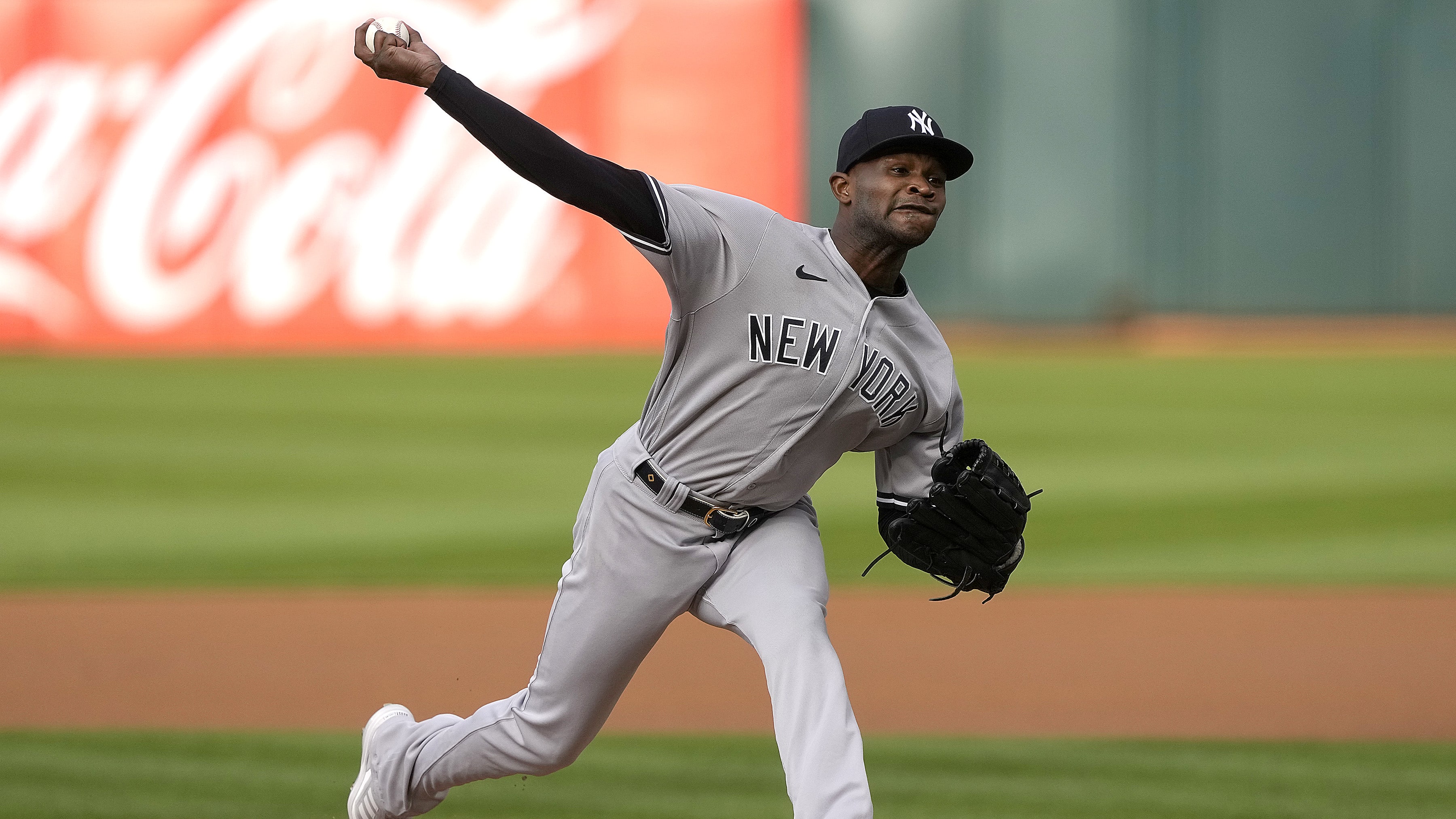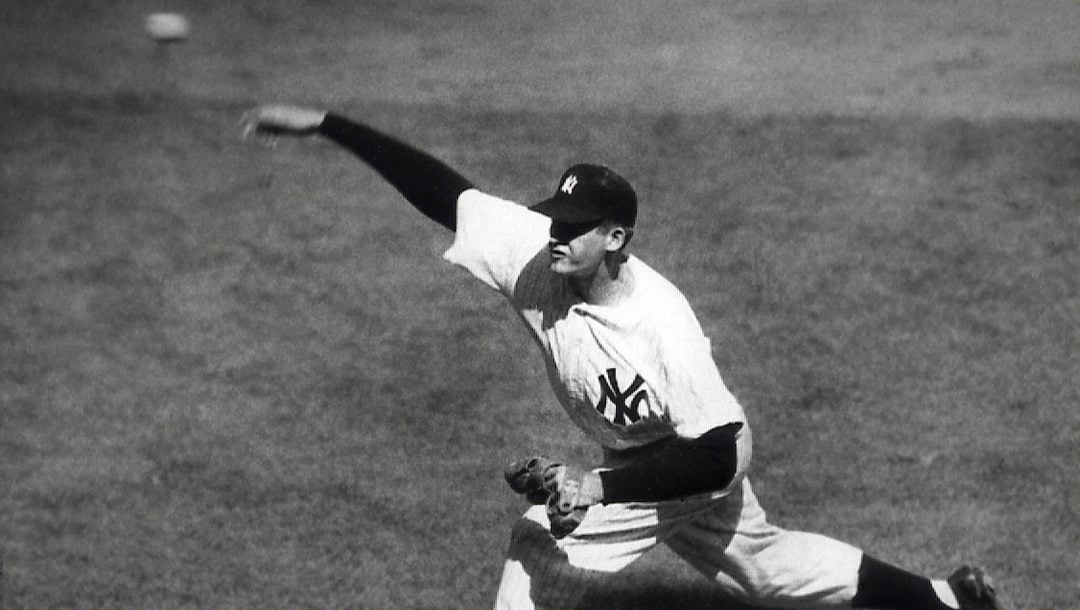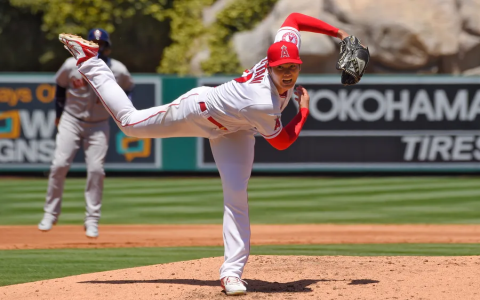So, I was watching a game the other day, you know, just chilling. And the announcers kept talking about the pitcher, how he was really dealing. They threw around terms like “no-hitter” and “perfect game,” sometimes almost sounding like they meant the same thing. I kinda nodded along, thinking I got it, but deep down, I wasn’t totally sure what separated the two. It felt like one of those things everyone just knows, but I realized my own understanding was a bit fuzzy.

It bugged me a little. So, I decided I needed to actually sort this out in my head. It wasn’t like I went and read a rulebook cover to cover or anything intense. It was more like, I started really paying attention the next few times I watched baseball. I kept my ears open for those specific situations.
Figuring Out the No-Hitter
Then it clicked during one game. This pitcher was throwing great, no one was getting a hit off him deep into the game. The “no-hitter” talk was loud. But then, he walked a batter. Just like that, a guy was on first base. But the announcers kept saying the no-hitter was alive! That was my ‘aha!’ moment. Okay, so a no-hitter means exactly what it sounds like: the pitcher doesn’t allow any hits. Simple enough.
- Batter hits the ball? Nope, not allowed for a hit.
- But wait… they can still get on base? Yes!
That was the key I hadn’t locked down before. A guy can still reach base in a no-hitter. How? Well, things like:
- A walk (like the guy I saw).
- Getting hit by a pitch (ouch!).
- An error by the fielding team (someone boots the ball or makes a bad throw).
- Sometimes even if a batter strikes out but the catcher drops the third strike and the runner makes it to first.
So, no hits, but the scoreboard isn’t necessarily clean of runners.
Then Comes the Perfect Game
Okay, with the no-hitter sorted, the perfect game suddenly made way more sense. It’s like the next level up, the ultimate challenge. It’s rarer, way rarer, and for good reason.
A perfect game means NOBODY reaches base. Nobody. For any reason whatsoever.
- No hits? Obviously.
- No walks? Correct.
- No hit batters? Yep.
- No errors allowing someone to reach? That too.
- No reaching on a dropped third strike? Right again.
It means the pitcher and his defense are flawless. Twenty-seven batters come to the plate, and twenty-seven batters are retired. Boom, boom, boom. Nobody sets foot on first base, second, or third unless they’re running back to the dugout.
So, What’s the Big Deal?
Understanding this difference really changed how I watch pitchers dominate. A no-hitter is incredible, a massive achievement for any pitcher. Don’t get me wrong, stopping every batter from getting a hit over nine innings is seriously tough.

But a perfect game? Man, that’s just legendary status. It requires not just the pitcher being unhittable, but also having pinpoint control (no walks, no hit batters) AND his fielders playing perfectly behind him (no errors). It’s the definition of perfect teamwork and individual brilliance for one whole game. So yeah, both are amazing, but one is just astronomically harder and, well, perfect.











